The Independent's journalism is supported by our readers. When you purchase through links on our site, we may earn commission.
What it’s like to travel with extreme allergies
Adrian Quine has travelled the world reporting everywhere from corporate HQs to war zones - but a simple family holiday proved the most challenging of all
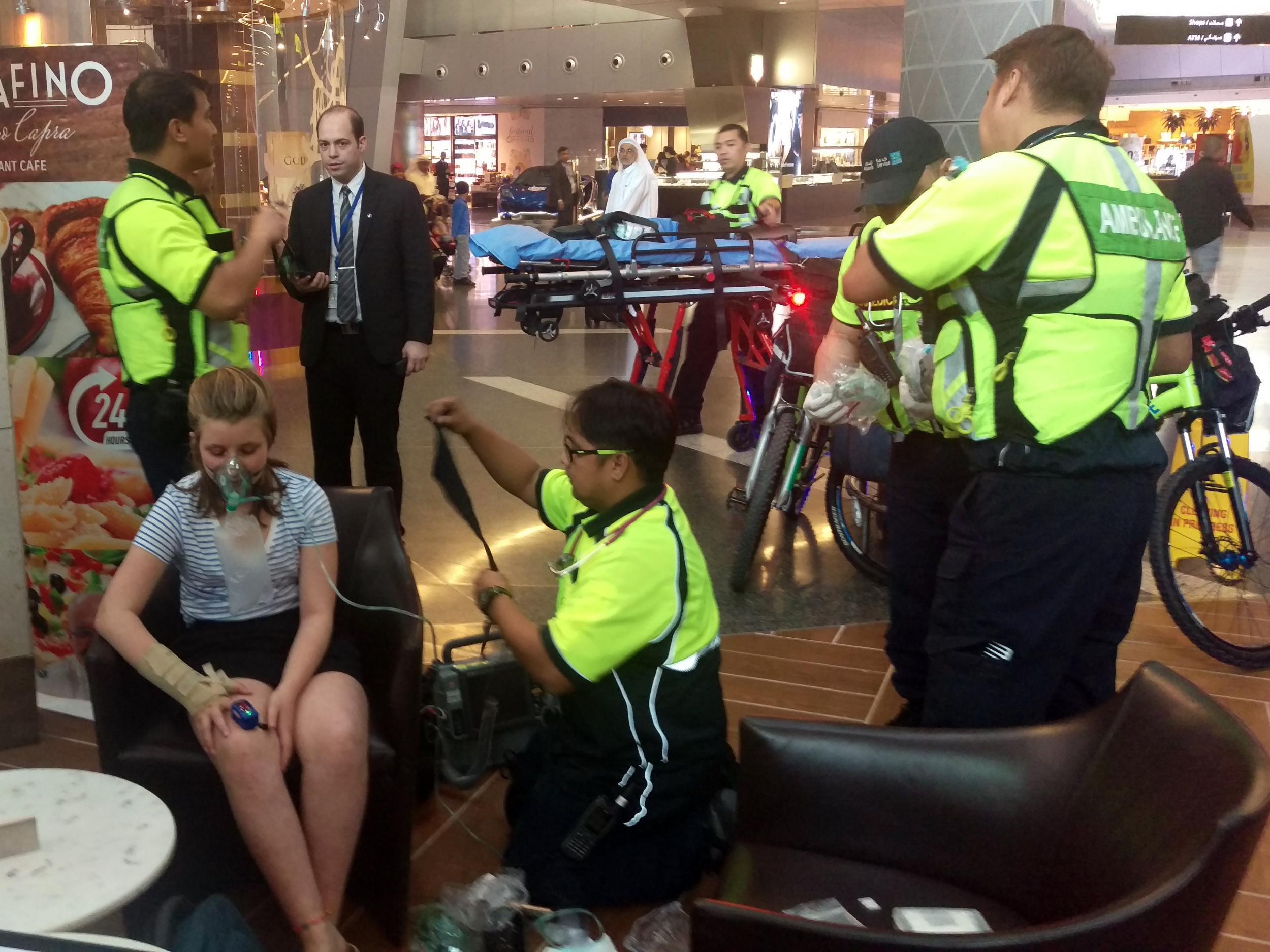
Your support helps us to tell the story
From reproductive rights to climate change to Big Tech, The Independent is on the ground when the story is developing. Whether it's investigating the financials of Elon Musk's pro-Trump PAC or producing our latest documentary, 'The A Word', which shines a light on the American women fighting for reproductive rights, we know how important it is to parse out the facts from the messaging.
At such a critical moment in US history, we need reporters on the ground. Your donation allows us to keep sending journalists to speak to both sides of the story.
The Independent is trusted by Americans across the entire political spectrum. And unlike many other quality news outlets, we choose not to lock Americans out of our reporting and analysis with paywalls. We believe quality journalism should be available to everyone, paid for by those who can afford it.
Your support makes all the difference.The facial expression of the hospital consultant said it all. “You must be mad,” she clearly was thinking when I told her we were heading en-famille to the remotest corners of Sri Lanka.
This was not the reaction of someone whose idea of adventure was a week on the Costa del Sol. This was genuine concern from a medic at the top of her game. The problem: my daughter Issy has serious food allergies.
The issue has become a growing problem for the travel industry, with the number of people suffering allergic reactions in Europe having risen seven-fold over the past decade, according to AllergyUK. In Britain alone there was a 615 per cent increase in hospital admissions for anaphylaxis between 1992 and 2012 - and the problem is global.
Airlines and hotels are improving, yet what went on to happen proved vividly that they need to do more, so serious are the consequences when something goes wrong.
Qatar Airways’ on-board allergy-free breakfast consisted of a tiny bowl of unripe melon; Issy not surprisingly complained during the four-hour stopover at Doha airport that she was hungry. It being 5am, and food options in the terminal being limited, we opted for a bowl of plain fries. Having gone through the usual spiel that she was severely allergic to dairy, checking and double checking the ingredients and cooking method to avoid cross-contamination, we were assured that the fries were safe.
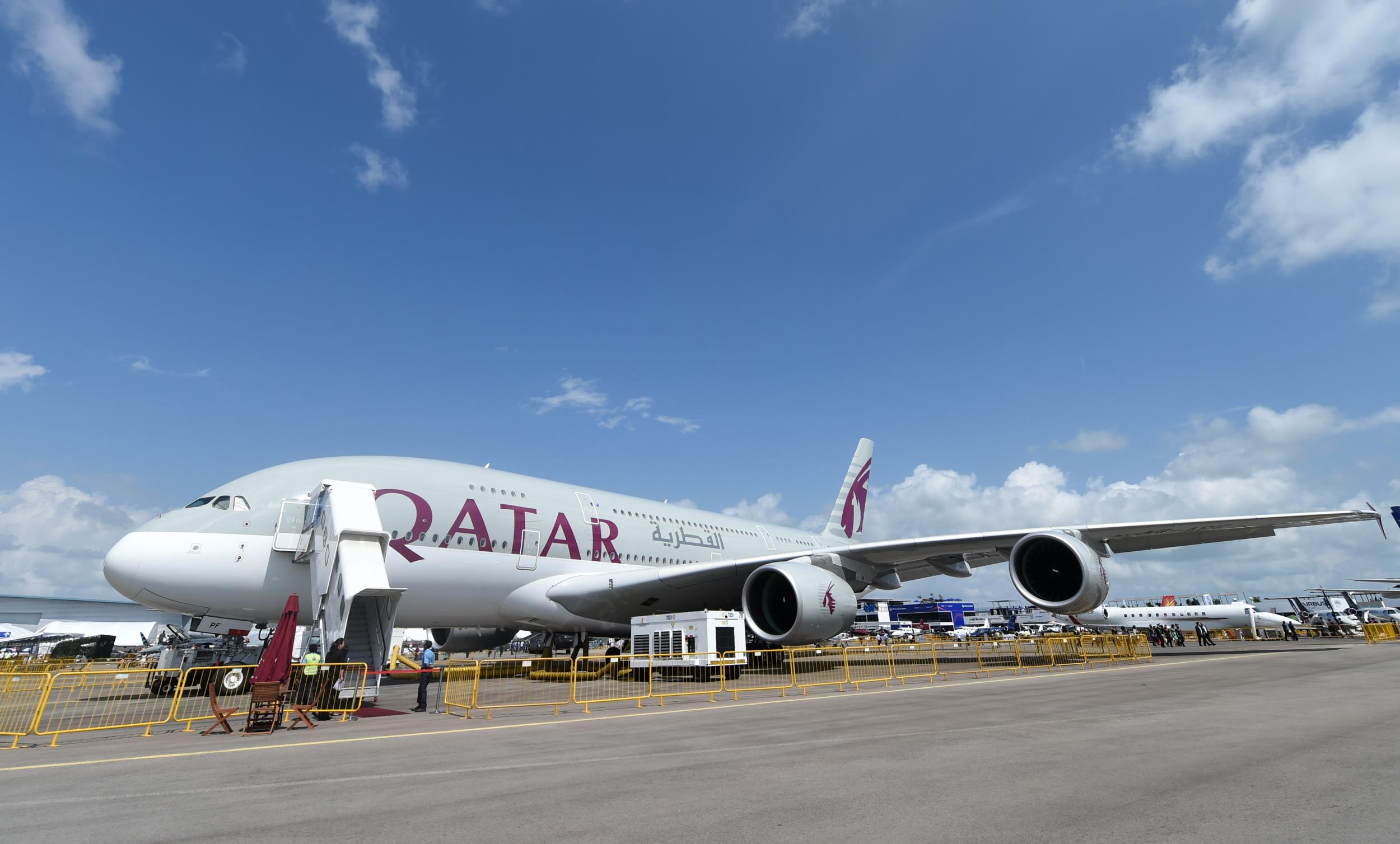
Yet, after eating a few chips, Issy complained of a tingling sensation – the first sign of trouble. The tiny white granules that appeared to be salt were in fact miniscule shavings of parmesan cheese. As her body shut down we administered the epi pen and within minutes the airport medical team was on site.
What followed was one of the worst experiences in my 25 years of travelling, even when compared to the dangers of reporting from war-torn countries like Afghanistan. Although the Qatari medical system was superb, the country’s national airline was considerably less impressive.
As my daughter was being rushed through immigration on a stretcher to the ambulance the Qatar Airways manager claimed she could only issue one fast-track visa as these were for business class passengers and we were in economy. My son and I would need to join the normal immigration queue like anyone else, which by now was snaking around the arrivals hall. An airport manager did take pity though and marched us to the front of the queue.
The next 24 hours were chaotic trying to organise hotels and onward flights. Undeterred by the traumatic experience of the journey out we eventually arrived in Sri Lanka stressed and exhausted.
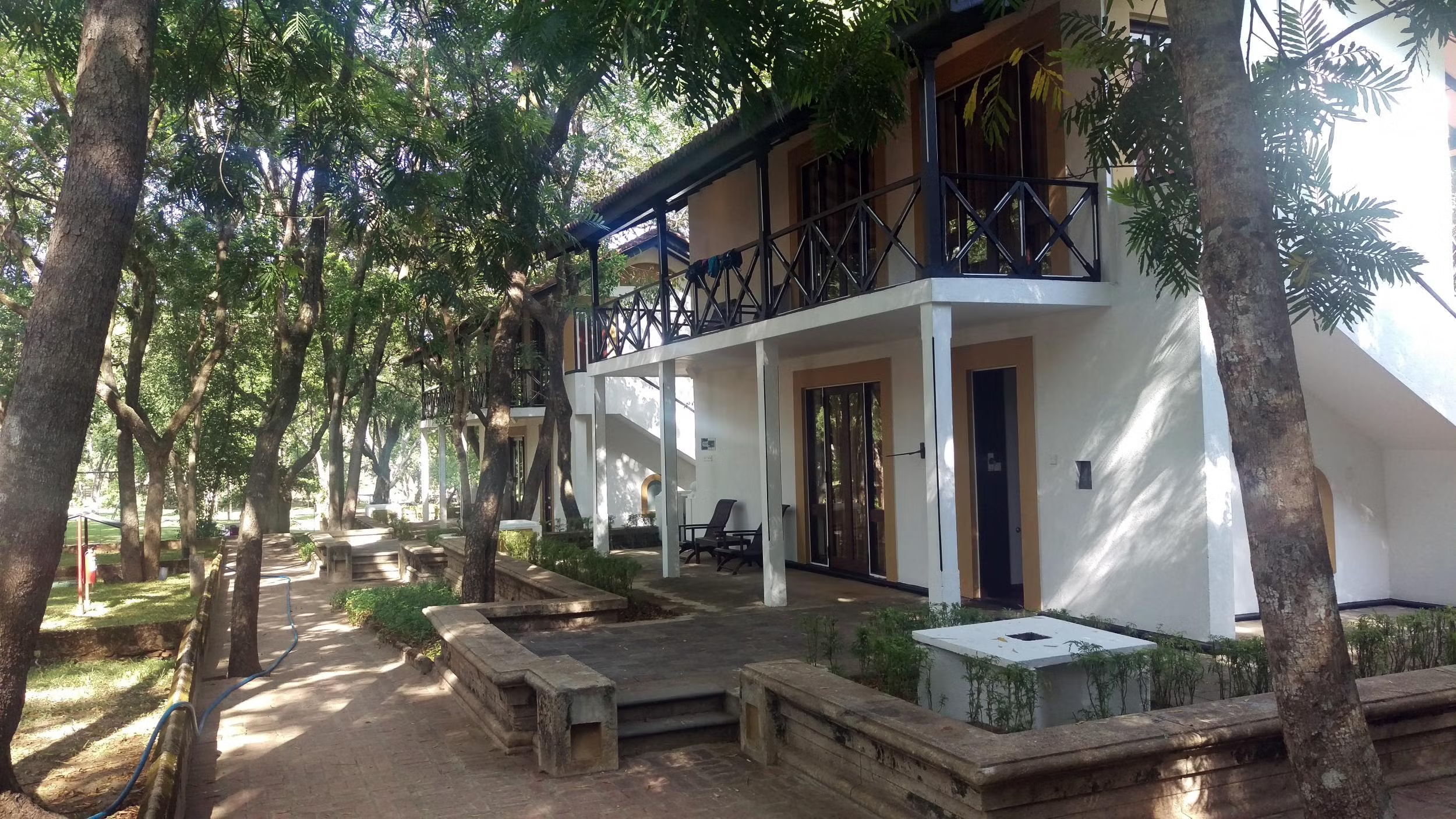
Most of the restaurants and hotels spoke good English and showed remarkable resilience and flexibility when preparing food. There was a general “no problem, we can do it” attitude. At every point on our trip we found people were happy to go the extra mile.
After a week’s rough travelling we reached the spectacular Minneriya National Park in the north-west and opted for some five-star indulgence at the Cinnamon Lodge Habarana. On arrival I asked to see the hotel manager to explain our culinary conundrum, and he immediately summoned the head chef. Sunanda Kumar clearly took great pride in his work and proudly whisked me off to the impressive, modern kitchen where he explained that because of the many cultural and religious differences in Sri Lanka extra care is taken to ensure that all food is stored and prepared in separate areas to avoid contamination.
“I want people to be happy and if one guest is not happy then it hurts me,” he said. “I just want to do my best for the guests – including those with food intolerances or allergies.”
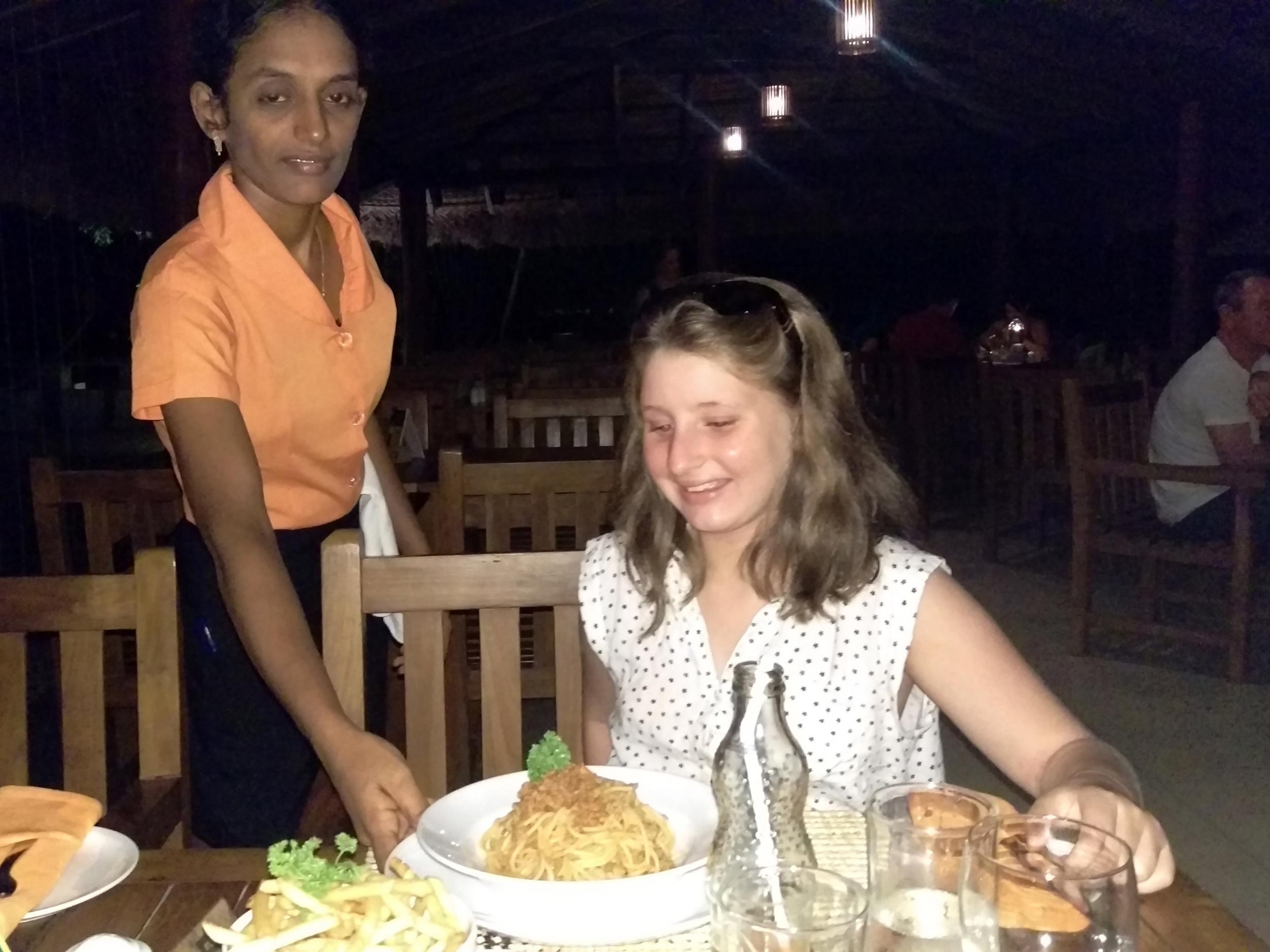
While all the hotel guests dined in the large buffet restaurant, the potential risk of a fellow guest mixing up the serving spoons was too great, so we asked to go a la carte. In a corner near the pool, on a small terrace, we dined alongside another British couple and an important-looking Sri Lankan man with what appeared to be a minder.
At £175 for four including drinks it wasn’t cheap even by luxury Sri Lankan hotel standards but was one of the most delicious meals we have had in a long time. “Dad, this is the first time I have managed to have three courses eating out,” Issy said.
As we were waiting for pudding to appear, our fellow guest came over and introduced himself: “I’m Ranil Wickremesinghe, I hope you are enjoying our country”, he said. The Prime Minister of Sri Lanka.
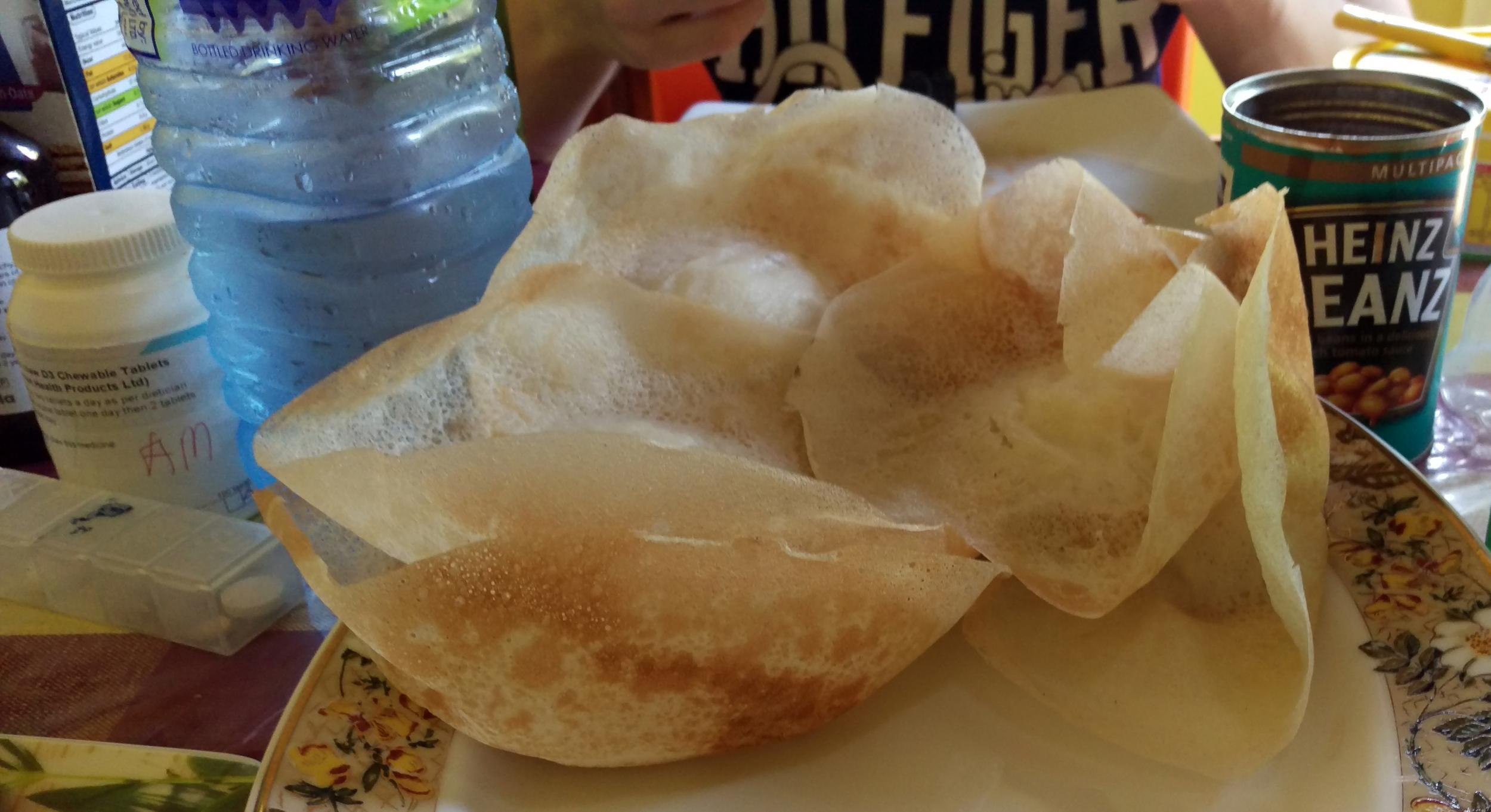
Having always restricted ourselves to UK and European holidays, Sri Lanka was to prove a big step into the unknown. Despite the obvious restrictions, with the right research, caution, common sense and a large backup of oatcakes and tinned food almost nowhere is truly out of bounds.
Travel essentials
Getting there
Qatar Airways (qatarairways.com) flies from Heathrow to Colombo via Doha.
Staying there
Cinnamon Lodge Habarana (cinnamonhotels.com) offers doubles from US$64 (£49), room only.
More information
Join our commenting forum
Join thought-provoking conversations, follow other Independent readers and see their replies
Comments